Home>Garden Essentials>How Long For Zinnia To Germinate?
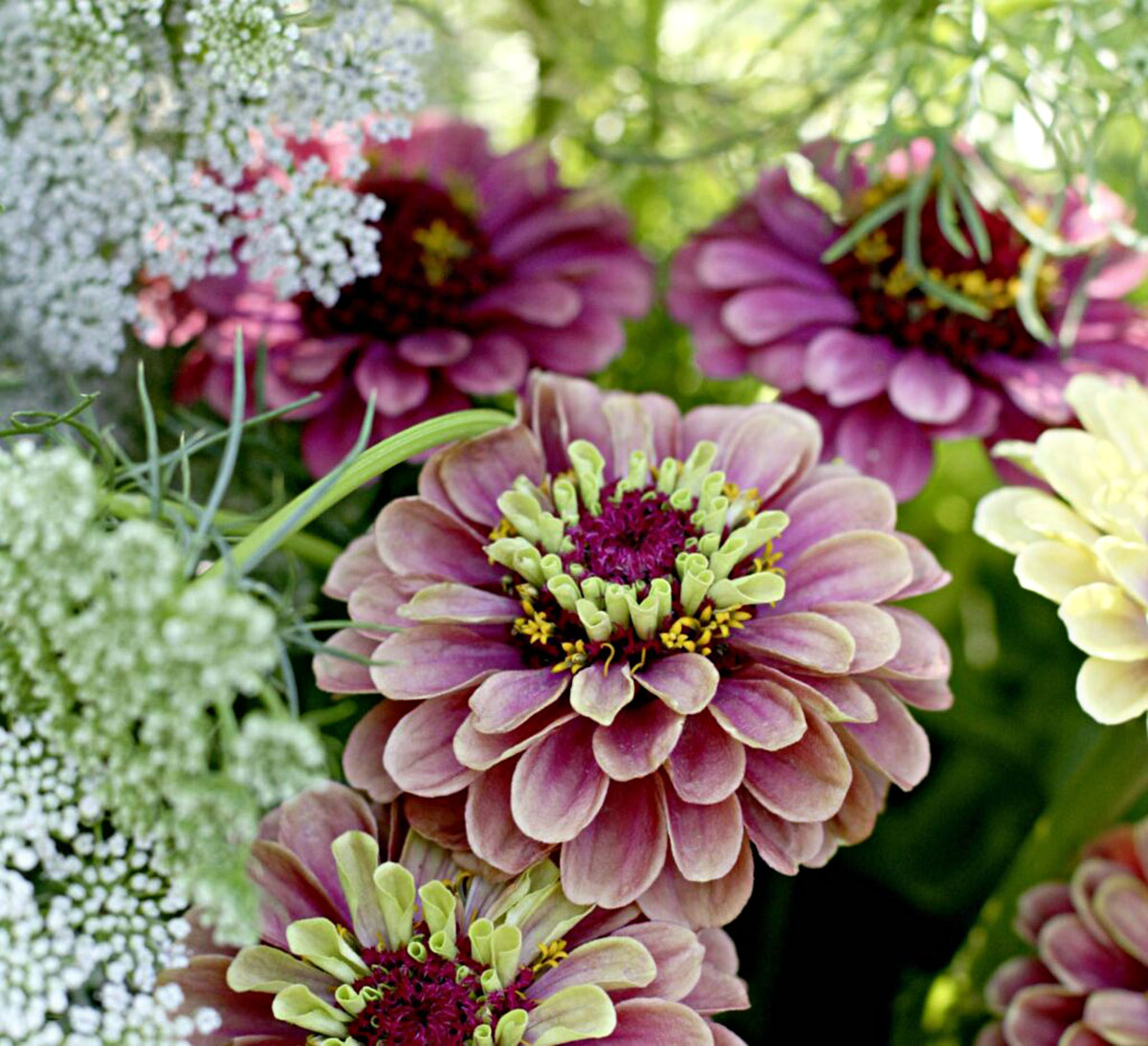

Garden Essentials
How Long For Zinnia To Germinate?
Modified: March 15, 2024
Learn how long it takes for zinnia seeds to germinate in your garden and start growing beautiful flowers. Get insights and tips for successful germination.
(Many of the links in this article redirect to a specific reviewed product. Your purchase of these products through affiliate links helps to generate commission for Storables.com, at no extra cost. Learn more)
Introduction
Gardening enthusiasts often start their planting journey by sowing seeds, eager to witness the miracle of life as tiny sprouts emerge from the soil. If you’re particularly fond of adding vibrant colors to your garden, zinnias are an excellent choice. These beautiful, showy flowers come in a wide array of hues and are relatively easy to grow.
However, if you’re new to gardening or specifically zinnia cultivation, you might be wondering: how long does it take for zinnias to germinate? Patience is key when it comes to growing any plant from seeds, but understanding the factors that influence germination time can provide valuable insights into optimizing the process.
In this article, we will explore the factors that affect zinnia germination time, discuss optimal conditions for germination, and provide tips to promote successful germination. Additionally, we will highlight the germination time for different zinnia varieties and address common germination issues that gardeners may encounter.
So, whether you’re planning a vibrant zinnia display in your garden or simply curious about the germination process, read on to discover the secrets behind successful zinnia seed germination.
Key Takeaways:
- Zinnia seeds need warmth, moisture, and darkness to sprout. Different varieties have varying germination times, so be patient and provide optimal conditions for successful growth.
- To help zinnia seeds germinate, pre-soak them, use a suitable seed starting mix, and provide consistent moisture and light. Troubleshoot common issues like slow germination and pests to ensure healthy seedling development.
Read more: How Long To Germinate Pitaya
Factors Affecting Zinnia Germination Time
Several key factors influence the germination time of zinnia seeds. Understanding these factors can help you adjust your gardening practices accordingly for optimal results. Here are the main factors to consider:
- Seed Quality: The quality of the zinnia seeds you use plays a significant role in germination time. Fresh, high-quality seeds tend to germinate more quickly compared to old or low-quality seeds.
- Temperature: Zinnias thrive in warm climates, and their germination is greatly influenced by temperature. The optimal temperature range for zinnia seed germination is between 70°F and 85°F (21°C and 29°C). Higher temperatures can accelerate germination, while cooler temperatures can prolong the process.
- Moisture: Adequate moisture is essential for zinnia seeds to germinate successfully. The seeds require a moist environment to soften the seed coat and initiate growth. However, excessive moisture can lead to rot and fungal diseases, so finding the right balance is crucial.
- Light: Zinnia seeds do not require light for germination and can actually germinate in complete darkness. In fact, they tend to germinate better in the dark. However, once the seeds have sprouted, they need ample light to continue growing into healthy seedlings.
- Soil Conditions: The condition of the soil in which zinnia seeds are planted affects their germination time. The soil should be well-draining and loose to allow the seeds to absorb moisture and oxygen easily. Additionally, adding organic matter, such as compost, can improve soil fertility and provide essential nutrients for seed development.
By paying attention to these factors, you can create an optimal environment for zinnia seed germination. Adjusting temperature, moisture levels, and providing proper soil conditions will greatly influence germination time and overall success.
Optimal Conditions for Zinnia Germination
To promote successful and timely germination of zinnia seeds, it’s important to create an environment that meets their specific needs. Here are some optimal conditions to consider:
- Temperature: Zinnias prefer warm temperatures for germination, so aim for a consistent temperature between 70°F and 85°F (21°C and 29°C). Using a seedling heat mat or placing the seed tray in a warm location can help maintain the desired temperature range.
- Moisture: Zinnia seeds require consistent moisture to germinate successfully. Keep the soil slightly moist but not waterlogged. Mist the soil surface gently or use a watering can with a fine nozzle to avoid displacing the seeds. Covering the seed tray with a plastic wrap or a humidity dome can help retain moisture during the germination period.
- Light: While zinnia seeds do not require light to germinate, maintaining darkness during the germination process can actually improve seedling emergence. Once the seeds sprout and break the soil surface, provide them with ample light. Place them in a sunny location or use grow lights to ensure the seedlings receive at least 12-14 hours of light per day.
- Soil: Zinnias prefer well-draining soil with a pH level between 5.5 and 7.0. Use a sterile seed-starting mix or a well-balanced potting mix to provide a loose and nutrient-rich environment for the seeds. Ensure that the soil is well-aerated to allow for root development.
- Sowing Depth: Plant zinnia seeds at a depth of 1/4 to 1/2 inch (6 to 13 mm) in the soil. This depth allows for proper moisture absorption and protects the seeds from drying out or being exposed to extreme temperatures.
By following these optimal conditions, you can maximize the chances of quick and successful zinnia germination. Remember to adjust these conditions based on your specific climate, as regional variations may require slight modifications.
Germination Time for Different Zinnia Varieties
Zinnias are available in a wide variety of shapes, sizes, and colors, each with its own unique germination time. While the general germination period for zinnias is around 7 to 10 days, it can vary depending on the specific variety. Here are some popular zinnia varieties and their average germination times:
- Benary’s Giant: This is a popular variety known for its large, double flowers. Benary’s Giant zinnias typically have a germination time of 7 to 10 days.
- California Giants: California Giants zinnias are known for their vibrant and large blooms. They have a longer germination period compared to other varieties, usually taking 10 to 14 days to sprout.
- Thumbelina: Thumbelina zinnias are compact and bushy, perfect for container gardening. They have a slightly shorter germination time of around 7 to 9 days.
- Pompon: Pompon zinnias are characterized by their pom-pom-like flowers. They typically have a germination time of 7 to 10 days.
- Profusion Series: The Profusion series is a hybrid variety that offers continuous blooming throughout the season. Their germination time is relatively quick, ranging from 5 to 7 days.
It’s important to note that these germination times are approximate and can vary depending on specific growing conditions. Factors such as temperature, moisture, and seed quality can influence the germination process, potentially resulting in slight variations in timing.
When planting zinnia seeds of different varieties, it’s helpful to label each row or container to keep track of their germination progress. This way, you can easily monitor the different times it takes for each variety to sprout and plan your gardening activities accordingly.
Remember to provide the necessary care and optimal conditions throughout the germination process to ensure healthy and vigorous zinnia seedlings.
Zinnia seeds typically germinate within 7-10 days when kept in a warm and moist environment. Patience is key, as some varieties may take up to 14 days to sprout.
Tips for Promoting Zinnia Germination
If you’re eager to see your zinnia seeds sprout and flourish, here are some useful tips to promote germination:
- Pre-soak the Seeds: Zinnia seeds have a hard outer coat that can benefit from pre-soaking. Place the seeds in a container of room temperature water for 24 hours before sowing. This allows the seeds to absorb moisture and promotes faster germination.
- Scarify the Seeds: To help speed up germination, consider scarifying the zinnia seeds. Gently rub the seeds with sandpaper or nick them with a sharp blade, being careful not to damage the inner embryo. This process breaks the seed coat and encourages quicker water absorption.
- Use a Seed Starting Mix: Opt for a sterile seed starting mix or a well-balanced potting mix specifically designed for seed germination. These mixes provide the ideal texture and nutrient content to support germination and seedling growth. Avoid using heavy garden soil, as it can hinder delicate root development.
- Water Wisely: Proper watering is essential for zinnia germination. Keep the soil moist but not soggy. Overwatering can lead to rot, while underwatering can cause the seeds to dry out and delay germination. Use a misting bottle or a gentle watering can to avoid disturbing the seeds.
- Provide Adequate Air Circulation: Good air circulation is important to prevent the buildup of moisture and reduce the risk of fungal diseases. Place a small fan near the seedlings or ensure there is sufficient space between the containers to allow air to circulate freely.
- Optimize Light Exposure: While zinnia seeds don’t require light for germination, they need ample light once they sprout. Place the seedlings in a sunny spot or provide them with 12 to 14 hours of artificial light using grow lights. This will ensure healthy growth and prevent seedlings from becoming spindly.
- Thin the Seedlings: Once the seedlings have sprouted and developed their first set of true leaves, thin them out. Crowded seedlings can compete for resources and result in weak growth. Gently remove the weaker seedlings, leaving only the healthiest ones to thrive.
- Patience and Consistency: Germination time can vary, so be patient and give the seeds ample time to sprout. Maintain consistent environmental conditions, including temperature and moisture levels, throughout the germination process to provide the best chance for success.
By following these tips, you can create optimal conditions for zinnia germination and ensure healthy seedling development.
Read more: How Long Cilantro Germinate
Troubleshooting Common Germination Issues
While zinnias are generally easy to germinate, occasional challenges may arise during the germination process. Here are some common issues and troubleshooting tips to help overcome them:
- Poor Germination Rate: If you experience a low germination rate, the first thing to check is the quality of the seeds. Ensure that you’re using fresh, viable seeds from a reputable source. Additionally, check if the seeds have been properly stored in a cool, dry place to maintain their viability.
- Slow Germination: If your zinnia seeds are taking longer than usual to germinate, it may be due to low soil temperature or improper moisture levels. Provide a consistent temperature between 70°F and 85°F (21°C and 29°C) and make sure the soil remains evenly moist but not waterlogged.
- Damping-off: Damping-off is a fungal disease that can affect young seedlings, causing them to wilt and rot at the base. To prevent damping-off, ensure good air circulation and avoid overwatering. You can also use a sterilized soil mix and water from the bottom instead of overhead watering to reduce the chances of fungal infection.
- Seedling Stretching: If your zinnia seedlings appear tall and spindly, it’s an indication that they’re stretching towards the light. This is often caused by inadequate light exposure. Move the seedlings to a brighter location or provide supplemental grow lights to encourage compact and sturdy growth.
- Pests and Diseases: Zinnia seedlings can be susceptible to pests like aphids, slugs, and snails. Keep a close eye on your plants and take immediate action if you notice any signs of infestation. Using natural pest control methods, such as handpicking bugs or introducing beneficial insects, can help keep pests at bay. Be vigilant for signs of disease, such as leaf spots or wilting, and promptly address any issues with appropriate treatments.
If you encounter any of these germination issues, don’t be discouraged. With proper care and adjustments, you can overcome these challenges and nurture healthy zinnia seedlings.
Remember that gardening is a learning process, and experimenting with different techniques and approaches can lead to better outcomes. Learn from each experience and fine-tune your germination practices to improve your results in the future.
Conclusion
Growing zinnias from seeds is a rewarding and delightful experience. By understanding the factors that affect germination time, creating optimal conditions, and troubleshooting common issues, you can increase the chances of successful and timely germination.
Remember to consider factors such as seed quality, temperature, moisture, light, and soil conditions when attempting to germinate zinnia seeds. Pre-soaking or scarifying the seeds, using a suitable seed starting mix, and providing adequate water and light are essential for promoting germination.
It’s also important to be patient and consistent throughout the germination process. Zinnia seeds may germinate at different rates depending on the variety and specific growing conditions. By closely monitoring the progress of your zinnia seedlings and taking appropriate actions when necessary, you can ensure their healthy development.
Should you encounter any challenges along the way, such as poor germination rates, slow germination, or potential pest and disease issues, don’t be discouraged. Troubleshooting these common issues and making adjustments based on your observations and experience will help you overcome any obstacles and achieve successful germination.
Now, armed with knowledge and practical tips, you can embark on your journey to grow vibrant zinnias in your garden. Witnessing the magical transformation from tiny seeds to beautiful blooms will bring joy and beauty to your outdoor space.
Embrace the wonders of nature and the satisfaction of nurturing life as you sow your zinnia seeds and watch them grow into a stunning floral display. Happy gardening!
Frequently Asked Questions about How Long For Zinnia To Germinate?
Was this page helpful?
At Storables.com, we guarantee accurate and reliable information. Our content, validated by Expert Board Contributors, is crafted following stringent Editorial Policies. We're committed to providing you with well-researched, expert-backed insights for all your informational needs.
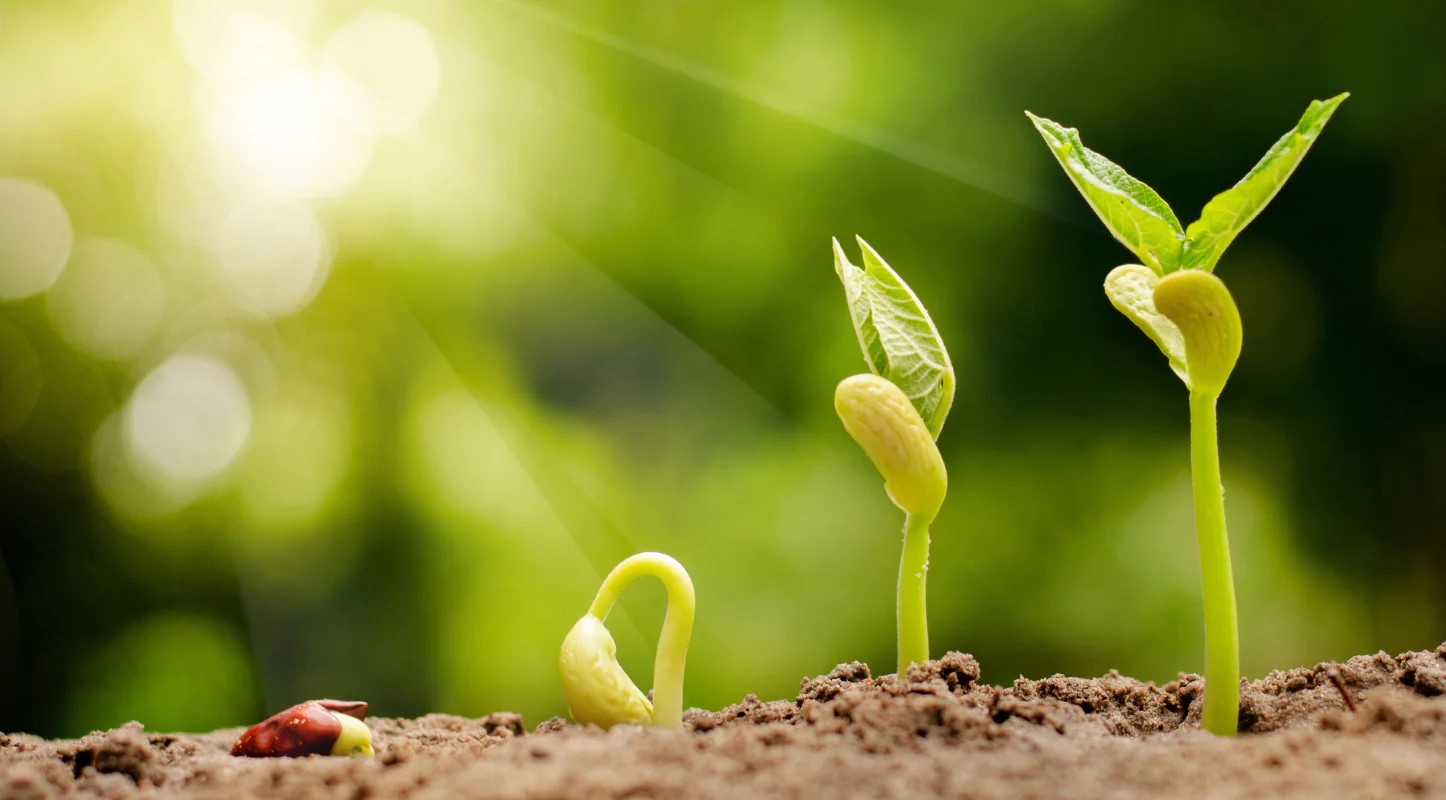
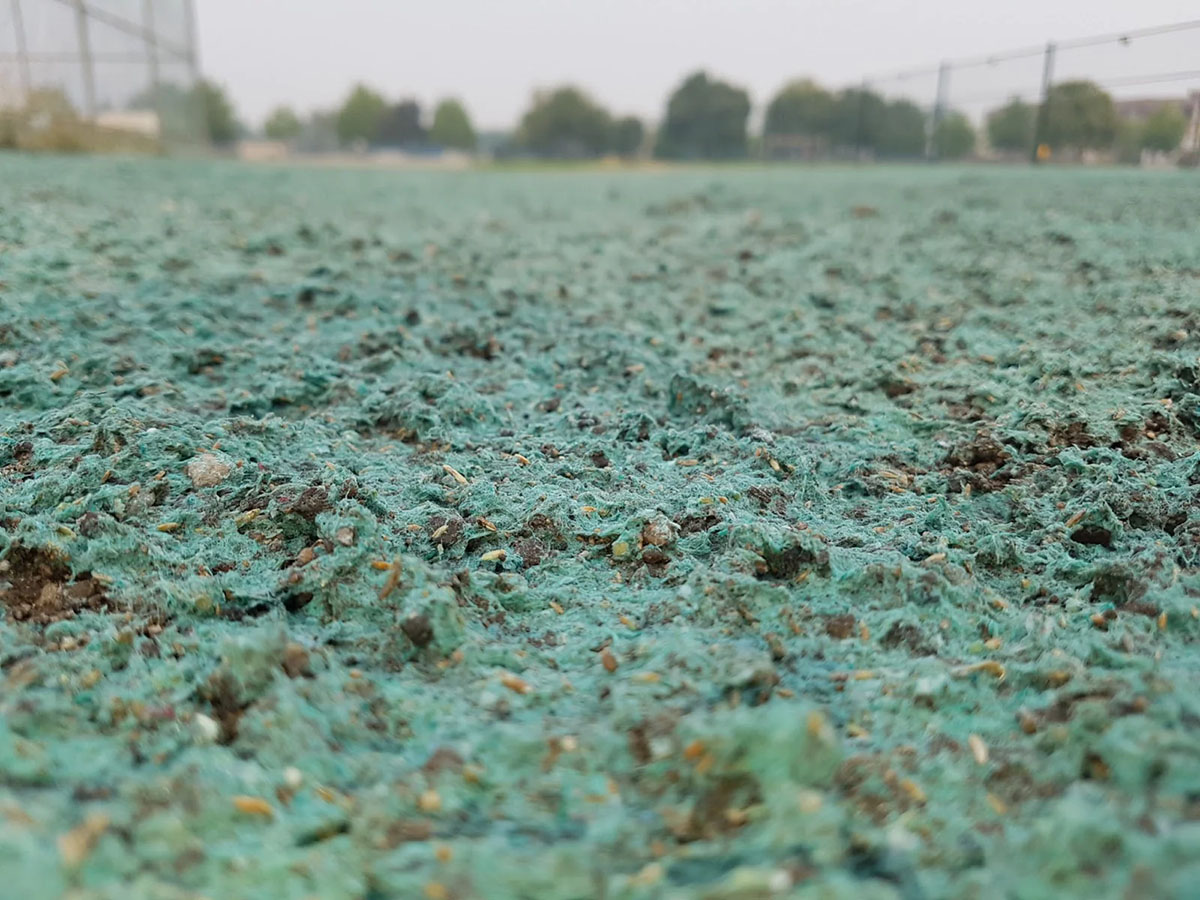
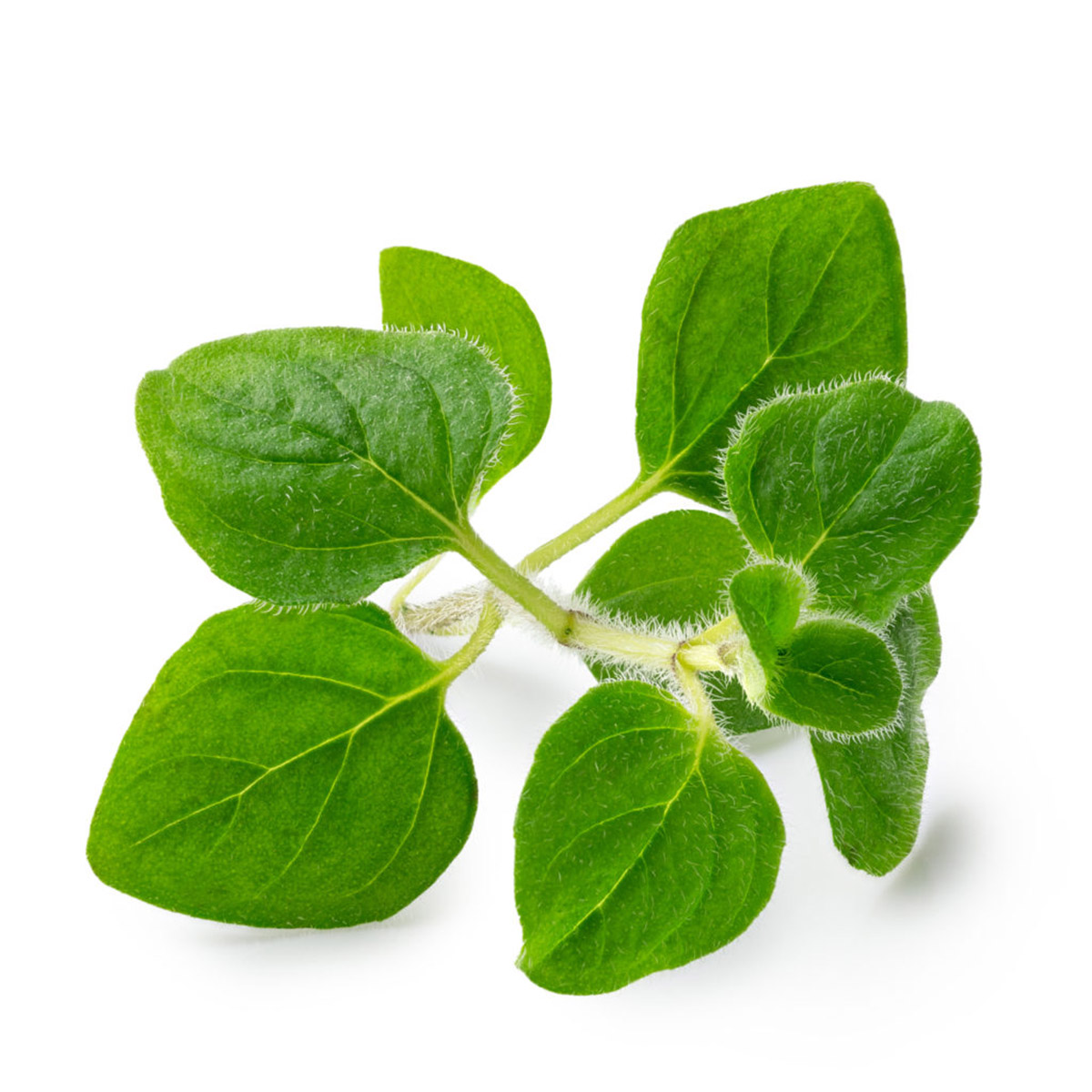
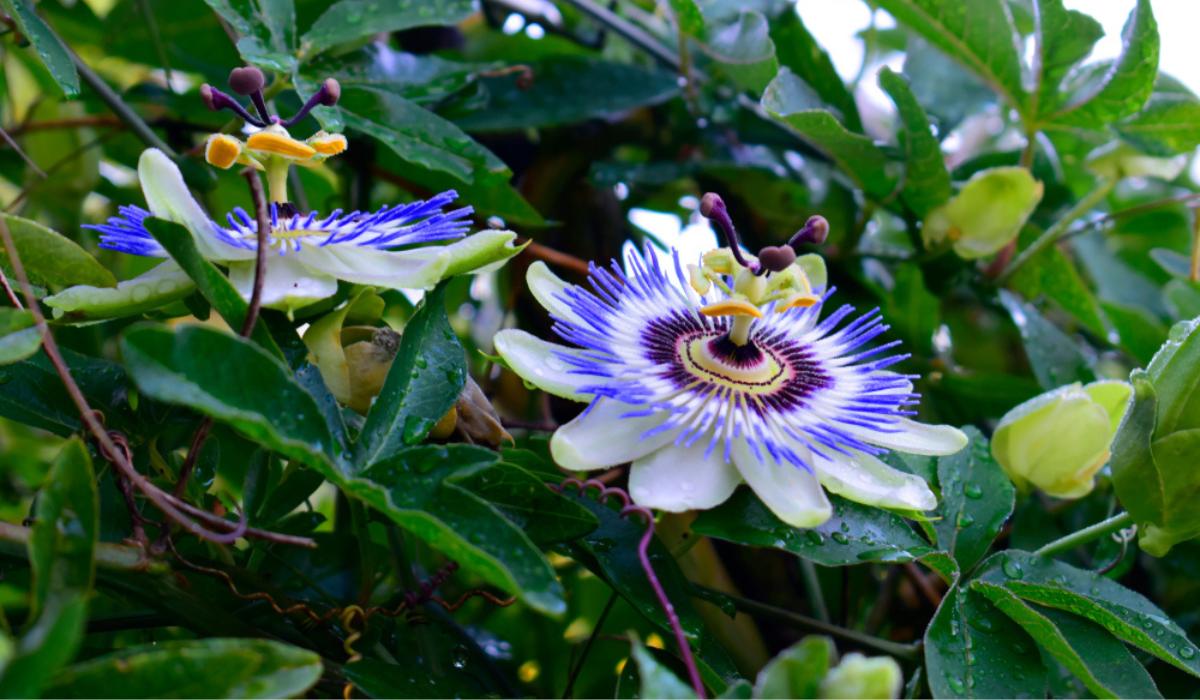
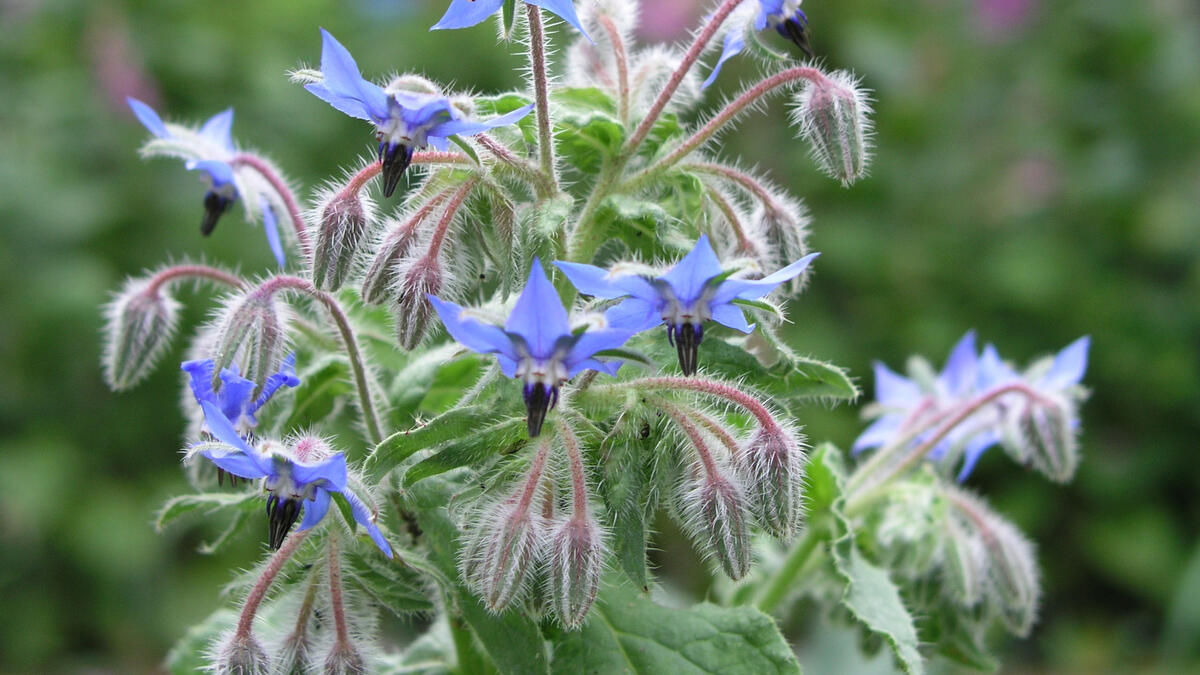
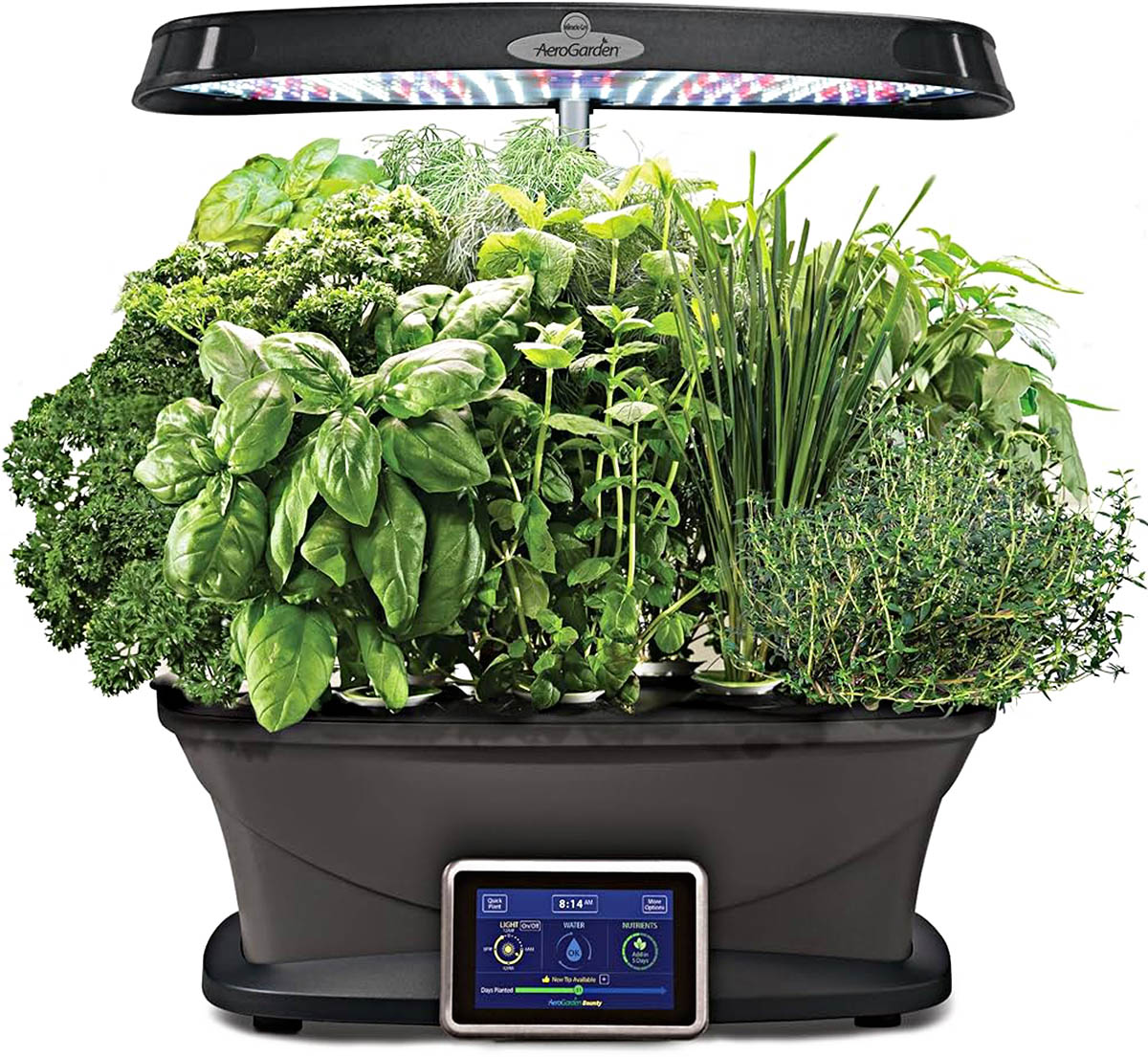
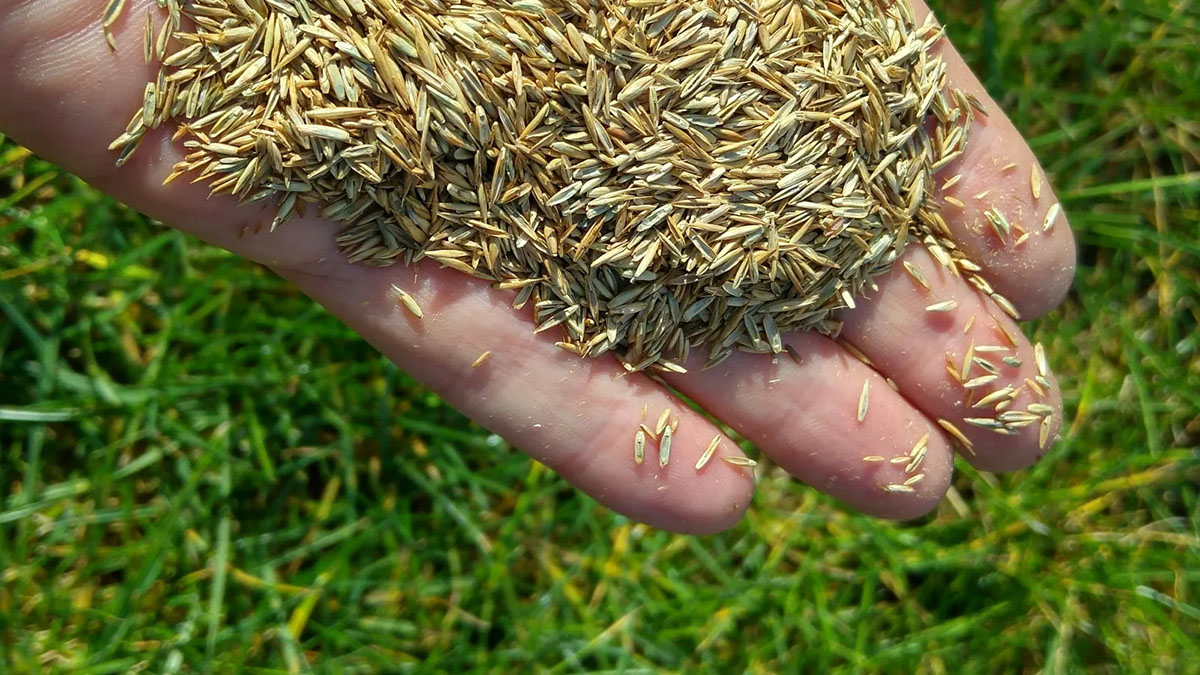
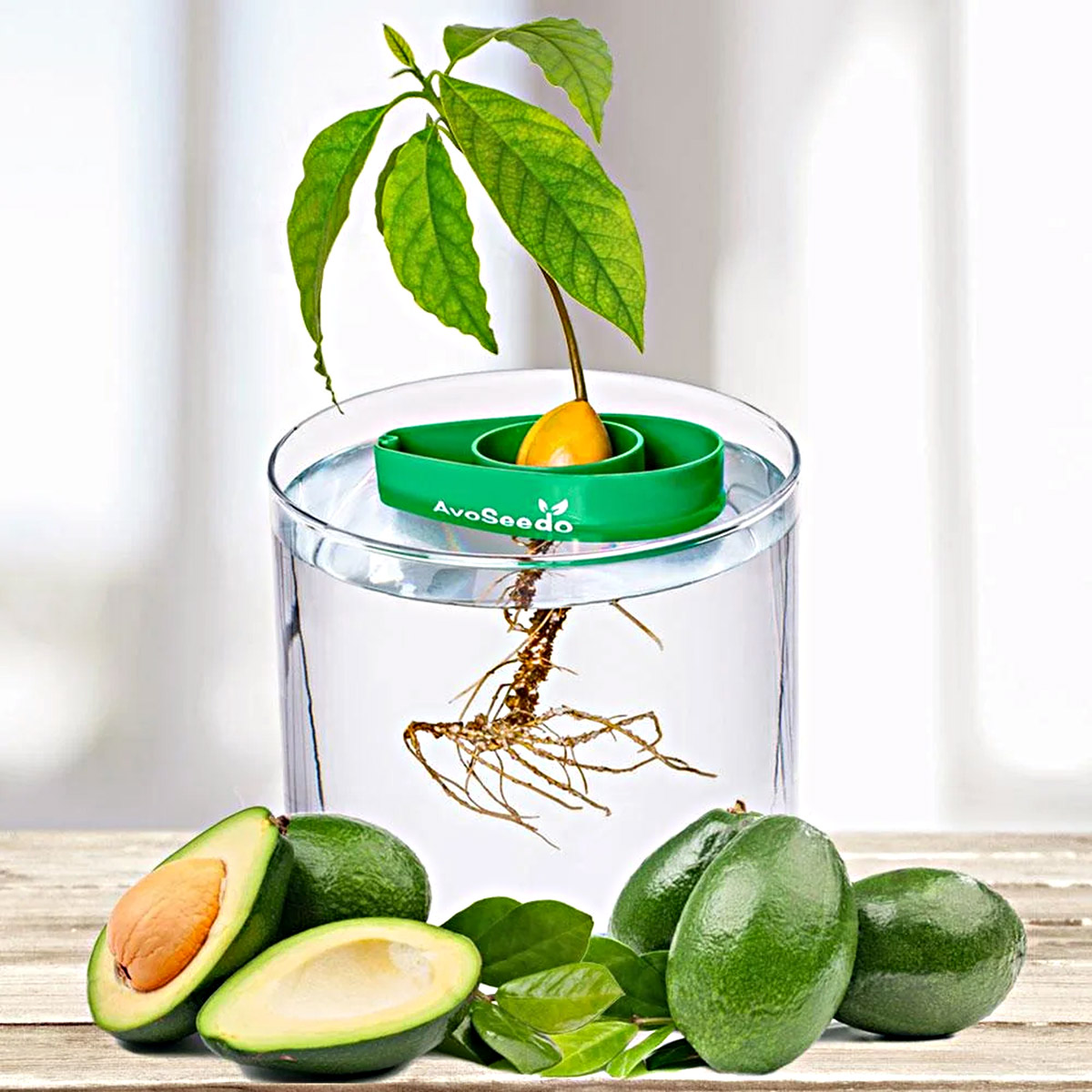
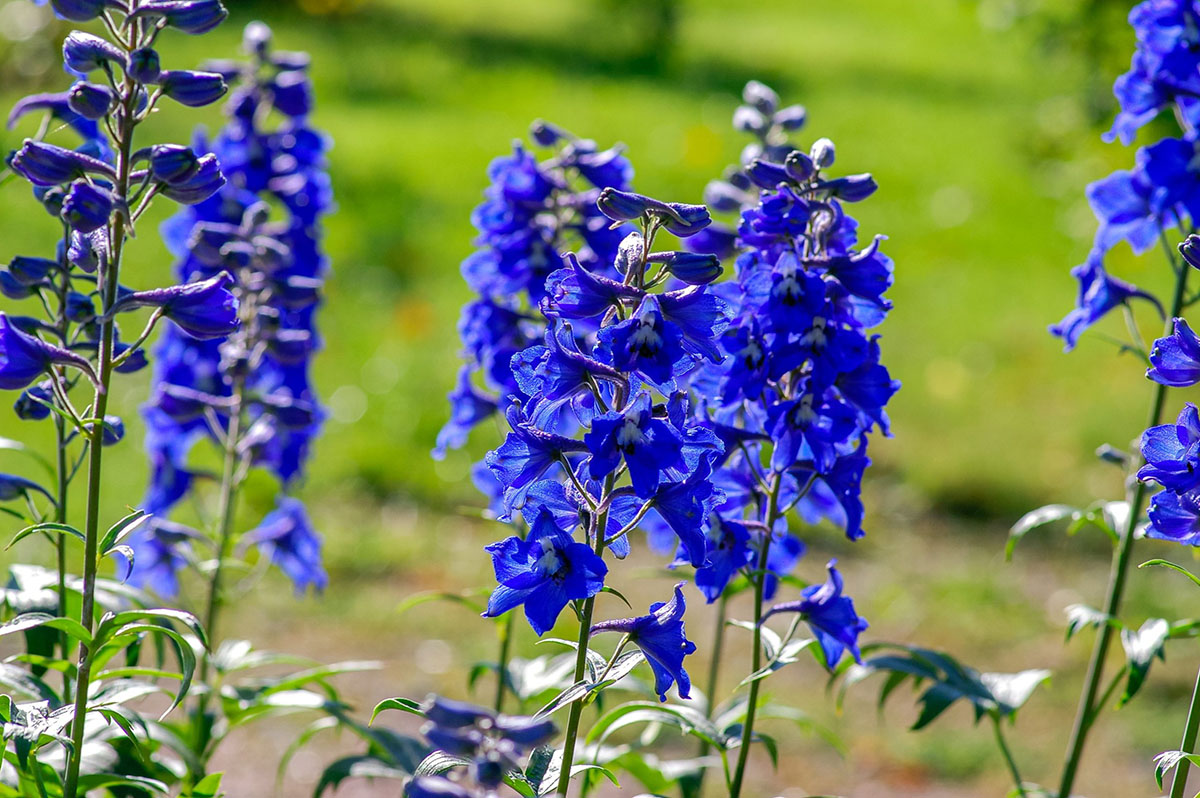
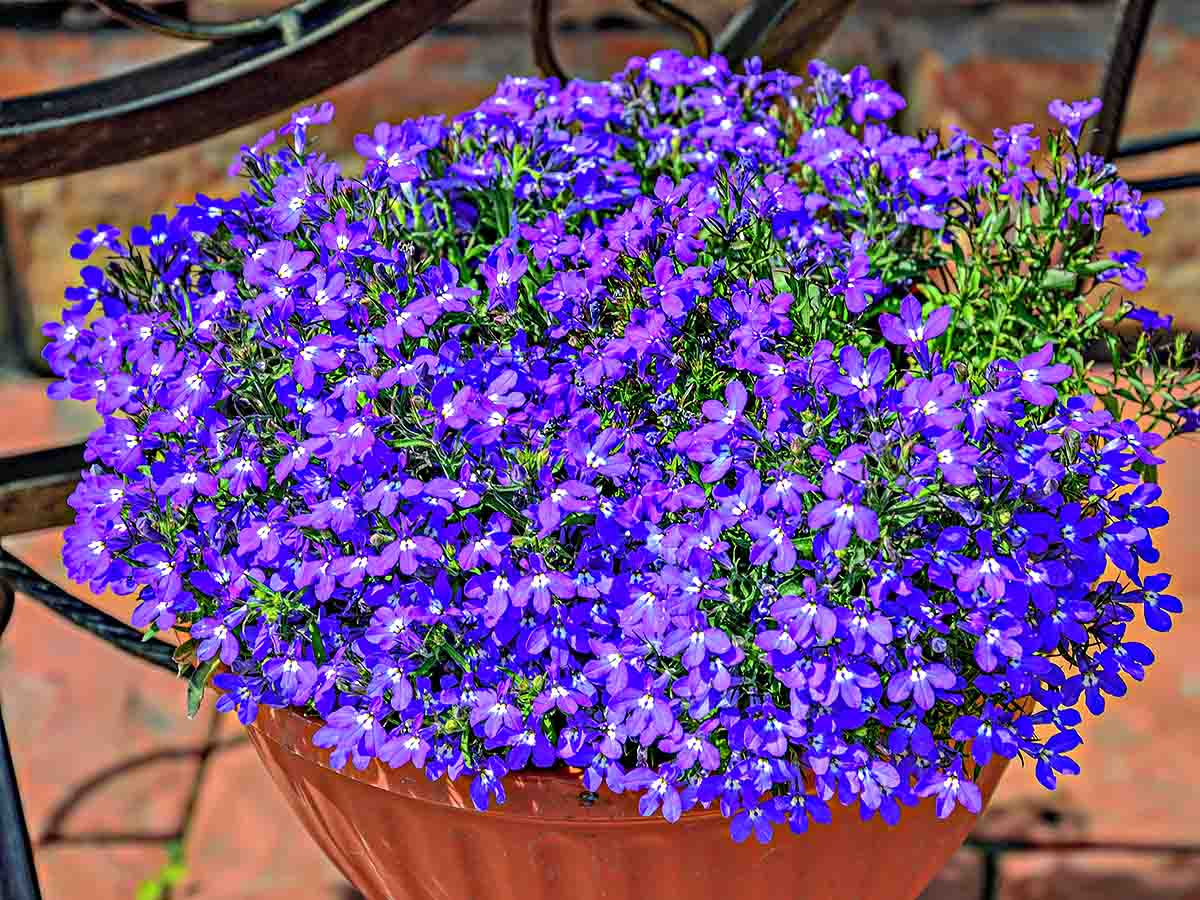
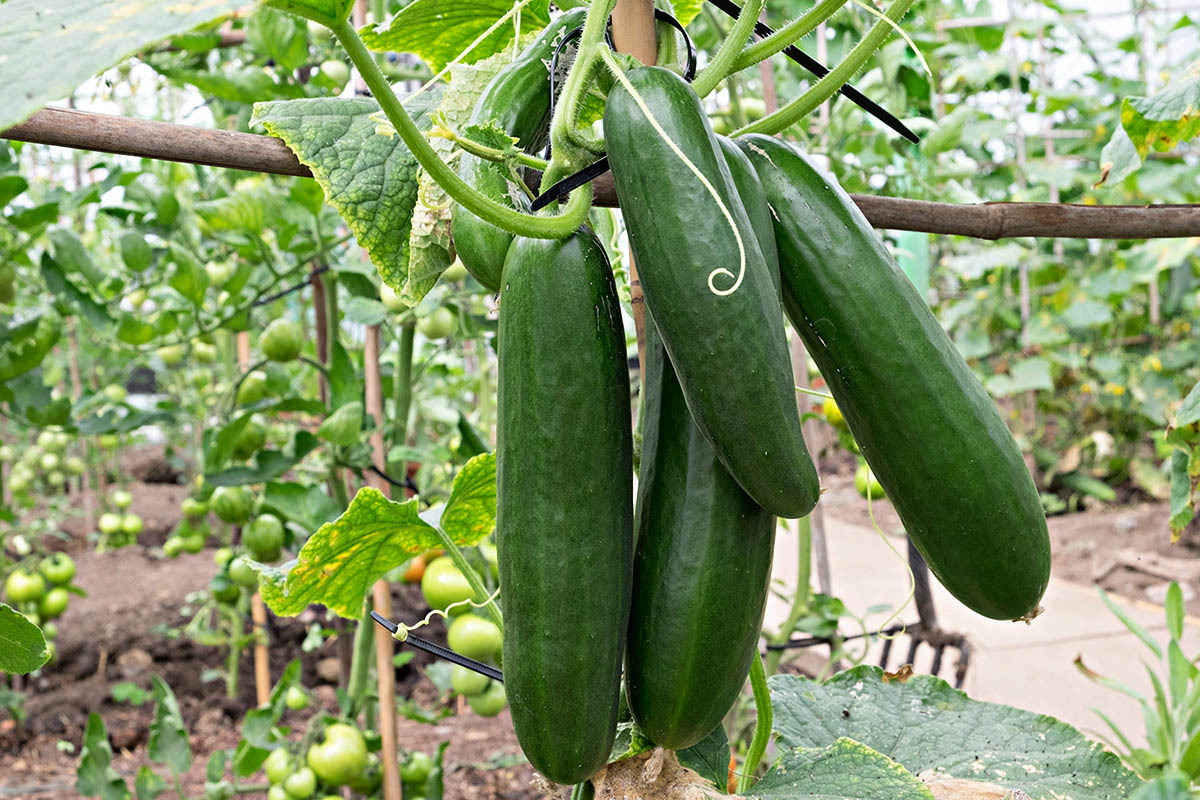
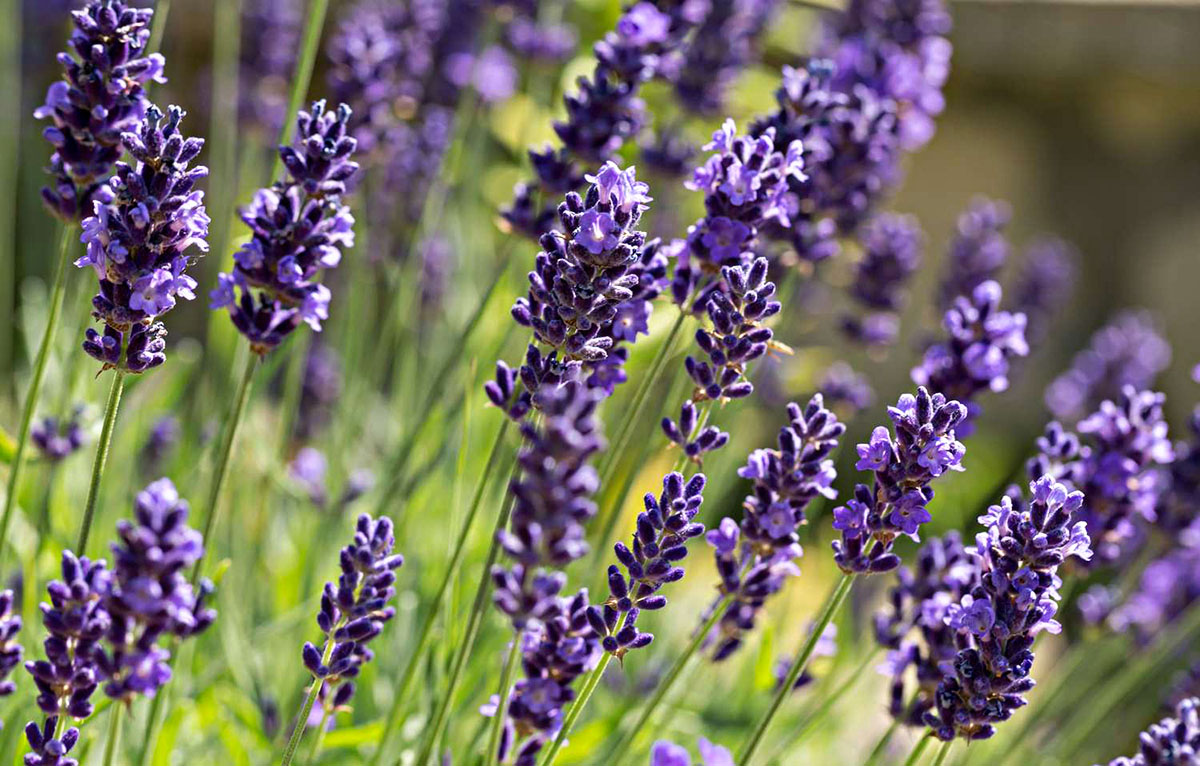
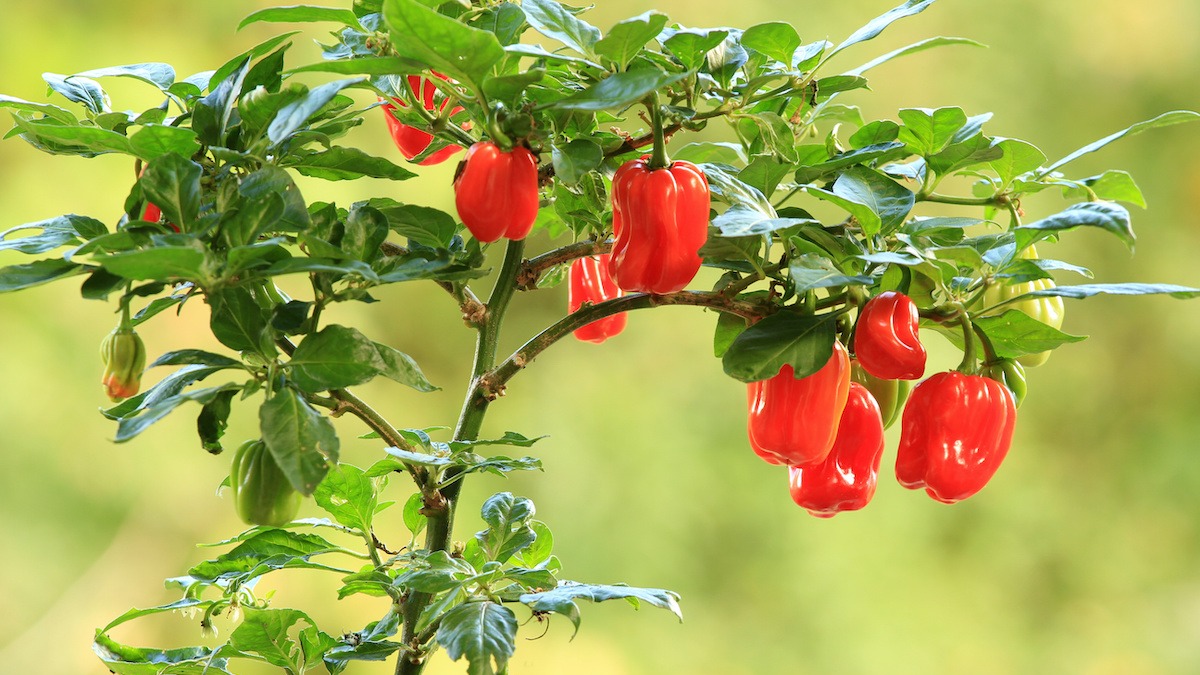
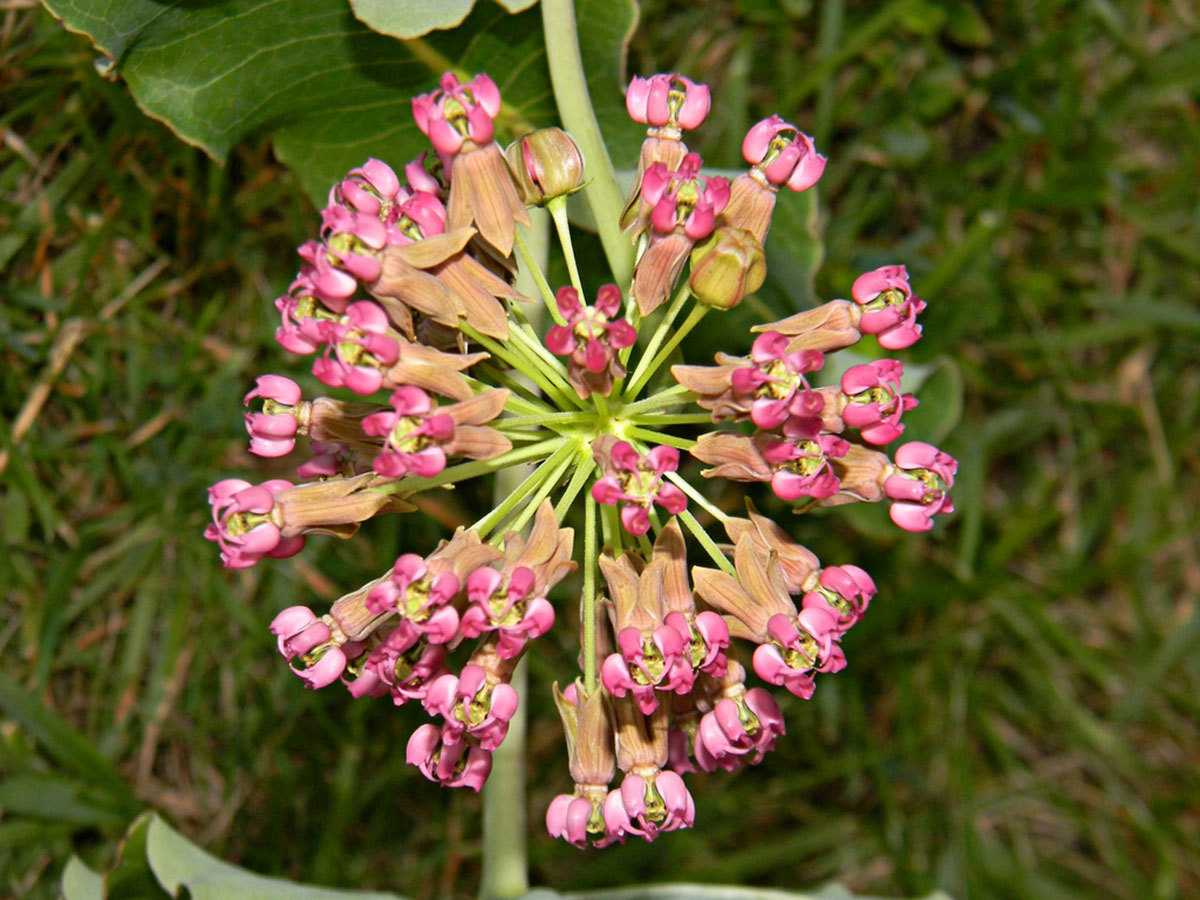

0 thoughts on “How Long For Zinnia To Germinate?”